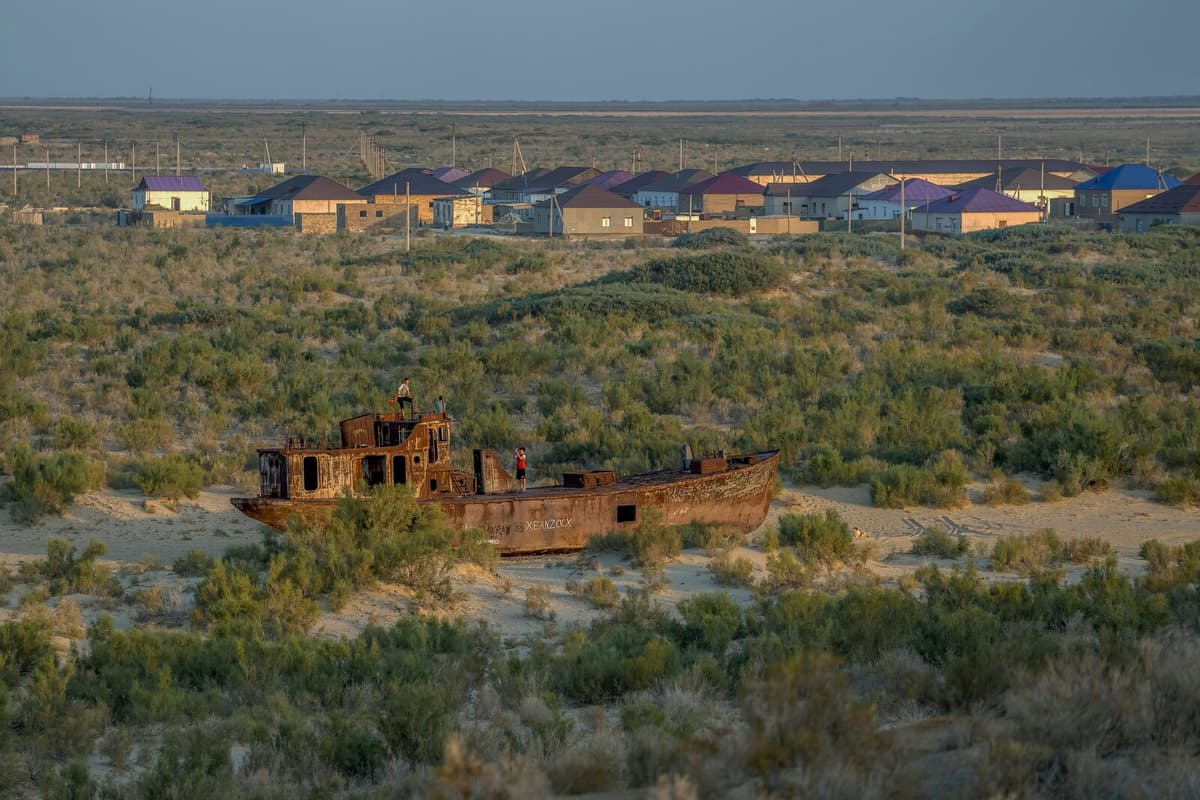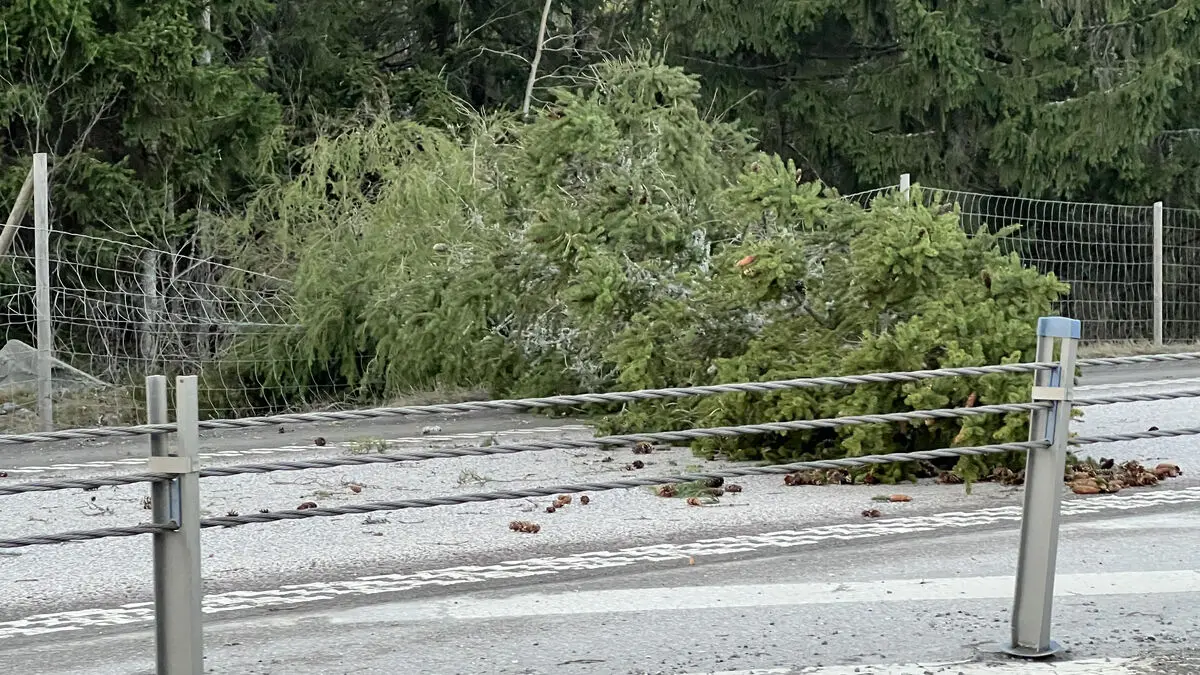Authorities in Kazakhstan report that the northern part of the Aral Sea now contains almost 50 percent more water than in 2008.
The Aral Sea, located in both Kazakhstan and Uzbekistan, was once the world's fourth-largest lake with its 68,000 square kilometers and a depth of 40 meters. However, the freshwater lake was drained of enormous amounts of water when the former Soviet Union utilized water from rivers flowing into the Aral Sea for cotton production. This has led to land drying up, salt levels rising, and the lake dividing into smaller parts.
Since 2008, the water volume has increased. According to Central Asian authorities, this is thanks to a project financed by the Kazakh state and the World Bank aimed at restoring the lake.
In 2024, over two billion cubic meters of water were diverted from the Syr-Darya River to the northern and smaller part of the Aral Sea. This has, among other things, reduced salt levels and benefited life in the lake.
The drying up of the lake, which began in the 1960s, has led to the extinction of several animal species and made it impossible for people to live and make a living along the water.
Furthermore, health-hazardous dust from the dried-up bottom has been spread by the wind, causing cancer and lung diseases.





